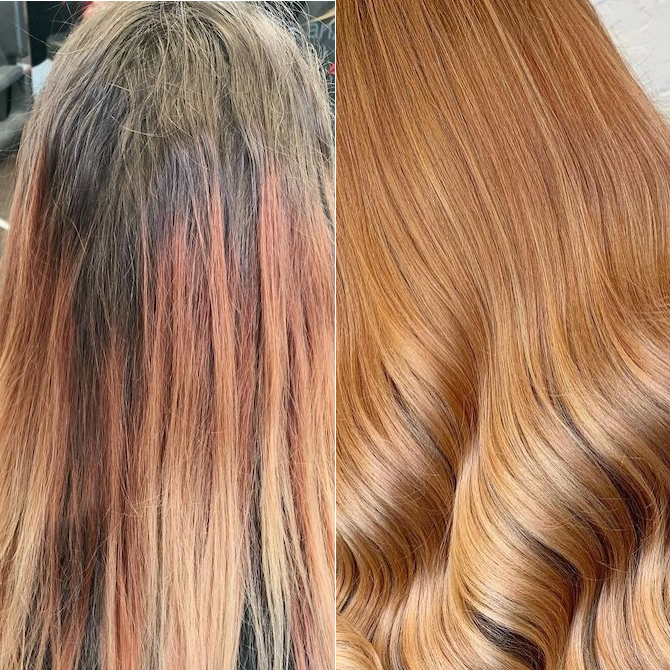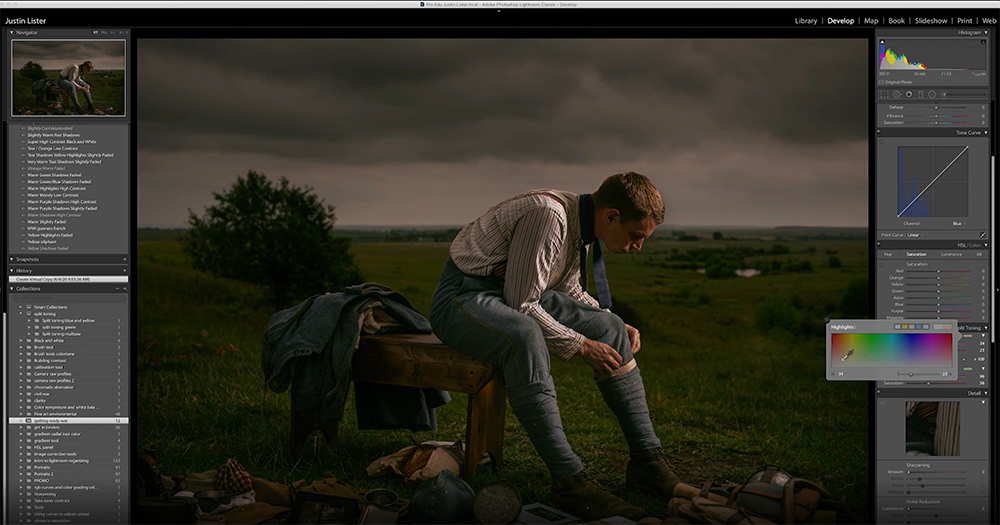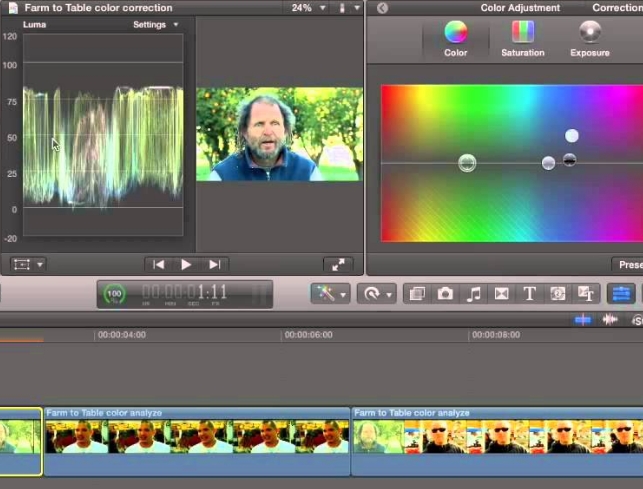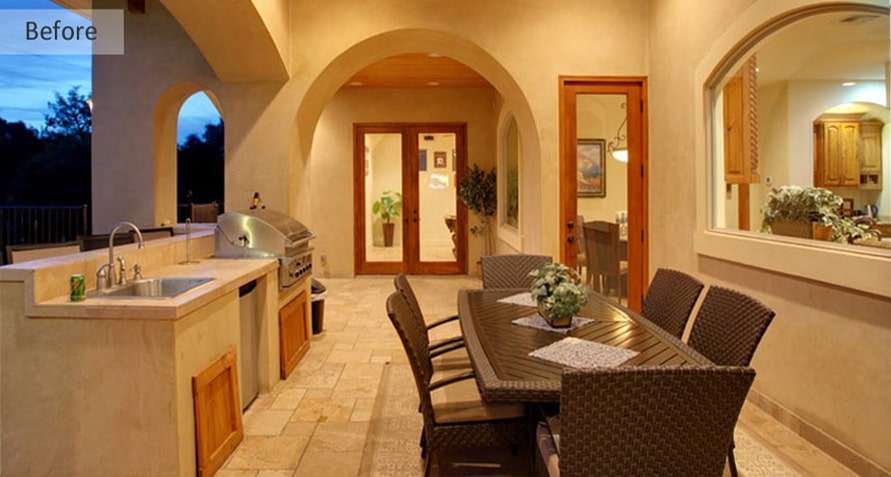What is a color correction on hair?

photograph applications to change the tone, the brilliance, and the goal of the picture. With regards to your salon tone, hair variety amendment follows a similar thought. On the most essential level, the salon administration plans to “right” the tone or color. Whether your shade is excessively light, dim, cool-conditioned, or warm-conditioned, your colorist will make a hair variety adjustment plan explicitly for your hair’s requirements. Color y rectification might be done in a wide range of situations including lopsided variety, metal, or banding.
Assuming you’re managing ashy-turned-brazen strands, lopsided variety regrowth, or need to roll out an extreme improvement from dull to light hair, you will presumably have to book a hair color rectification arrangement.
Color correction may likewise be essential after a DIY variety work turned out badly — especially assuming that you utilized a container color equation.
“I wouldn’t have a go at shading my own hair at home or in any event, utilizing box tone — which is the primary thing individuals will go after,” Rez says. “Box tone is generally planned and harsh…So it’s not so much for each circumstance, and that’s what I feel assuming it’s a final retreat, contact your colorist and check whether they have any choices of items and things you can use at home to hold your over between salon visits.”
Among the things that can turn out badly with utilizing box color at home, Rez says hot roots, harm from blanching over recently eased up hair, and inconsistency as probably the most well-known. When salons open back up, be straightforward with your colorist about whether you’ve utilized box color. Along these lines, they can comprehend your hair better and foster the appropriate arrangement to fix it.
What Is Color Grading?

Color grading reviewing is the method involved with adapting the variety plan of your recording by “painting” on top of what you’ve laid out through grading revision. After the colorist finishes color adjustment, they can start the most common way of evaluating the recording. During the color evaluation, colorists use altering programming to adapt the recording — stressing the visual tone and climate of a film, and making it look more artistic.
Color reviewing can be utilized to make both specialized and innovative changes. Colorists use color evaluation for creative purposes to guarantee that the film’s cautiously arranged color range conveys a particular environment, style, or feeling. For instance, American Beauty (1999) involves more red in sensational minutes to address enthusiasm, outrage, and power, whereas Maleficent (2014) utilizes green to convey risk, debasement, and dimness.
How to Color Correct Video

Pick an image profile All cameras have pre-decided picture profiles that permit you to adjust the recording you are catching. An image profile is a bunch of boundaries laying out the gauge qualities for your recording (like tone, immersion, and tone), that gives your film a reliable look. During shooting, a few movie producers like to utilize a level picture profile, which makes low-contrast, nonpartisan film that colorists can more readily upgrade during after creation.
Change your white equilibrium Characterizing the white tone is one more piece of the fundamental variety rectification process. White equilibrium helps present varieties honestly on your camcorder by deciding the temperature of your white light. Variety temperature and color can influence the way each of your different tones look, so it’s essential to characterize the level of your white to lay out a pattern.
Fix your tones. Adjusting tones is an important part of catching a quality film. Adjusting the dim tones (like dark levels and shadows), features (the most brilliant light), and mid tones (the mid-range among highly contrasting) in your camera, can all upgrade the openness — how much accessible light the remainder of your picture needs to look right.
Utilize your extensions Extensions are helpful variety observing instruments that give extra-nitty gritty variety data. For instance, the vectorscopes in variety remedy programming measure chrominance values like tone and immersion — your reds, greens, and blues (RGB). This is particularly useful for colorists while attempting to variety balance normal complexions, as this variety instrument estimates tint levels more definitively than the natural eye.
Use variety match You can utilize query tables, or LUTs, to apply presets to your pictures in after creation. LUT capacities like an image profile, yet it permits editors to apply a steady variety plan to film after it has proactively been shot. Match variety apparatuses can save you altering time via consequently changing tones to coordinate with your reference shot.
Do an auxiliary variety amendment. Your essential variety amendment will change your whole picture, however you ought to follow it up with an auxiliary alter that spotlights on additional particular regions. An optional revision allows you to see any inconsistencies or unnatural variety projects that don’t have a place, and change more modest subtleties that can largerly affect your general picture.
Make last changes Whenever you’ve done your video color revision, you can utilize added substance tones to change your video picture and make any last color changes. In the event that you’re going for a particular tone in your film, similar to chilliness or confinement, you might need to (as per color hypothesis) give your recording a bluer cast. Assuming that you’re altering a film with a dream or secretive components, you might need to grade it with additional purple tones.
How to color grade video

At the point when you start color evaluating, you will obviously have to begin with some product. This can be an NLE (non-direct supervisor) like Adobe Premiere or it very well may be a program made explicitly for variety control like DaVinci Resolve.
It’s additionally possible you’ll utilize a similar stage to variety grade as you utilized for your color remedying — however numerous video variety rectification and color evaluating masters like to involve different programming for each interaction. Your color grade is where your recording starts to look adapted, yet it won’t look the manner in which you need except if you follow the initial 2 stages accurately. This is where you get to settle on your own imaginative choices. Utilizing similar apparatuses you’ve used to variety right, presently you can add another layer, and paint your show-stopper. Here we need to make sense of that the method involved with shading video is added substance. That implies we are adding color data to something that as of now has prepared in color values. We are not changing the advanced upsides of color, but instead including values top of the current qualities .It is like going to a historical center with some paint and including more tone to workmanship on the dividers.
Conclusion
Color Correction Photoshop might be interesting for a few complex pictures. However, with legitimate strategies and practice, you can play with it. Programmed color rectification Photoshop is unfathomably utilized for arbitrary pictures. In any case, our master architects utilize manual procedures for the ideal outcome. Inform us whether you have further inquiries about color revisions to Photoshop.

